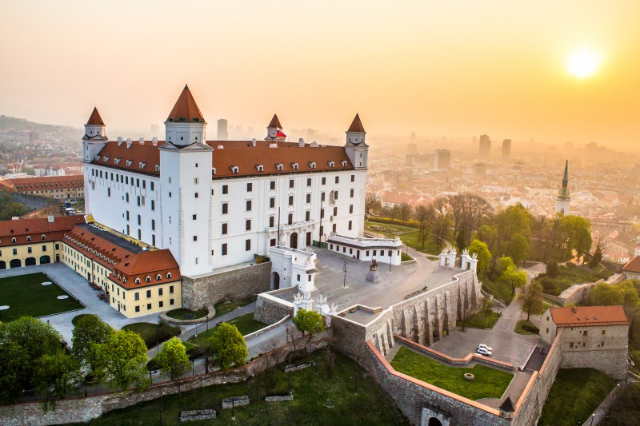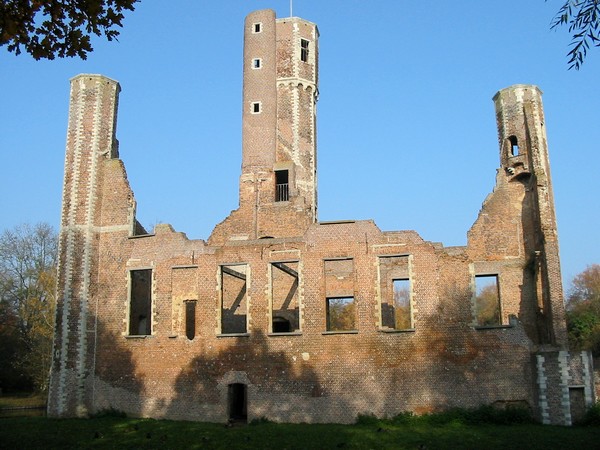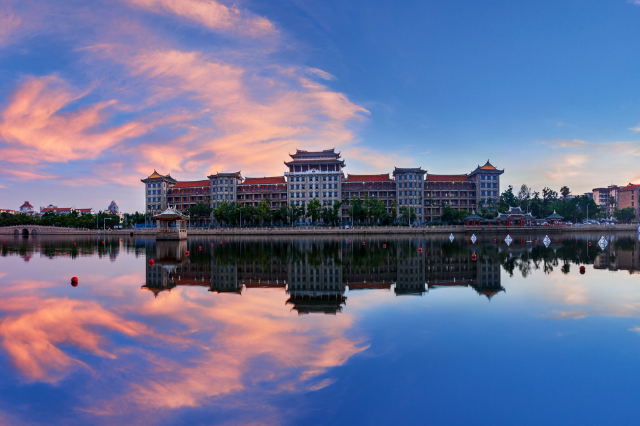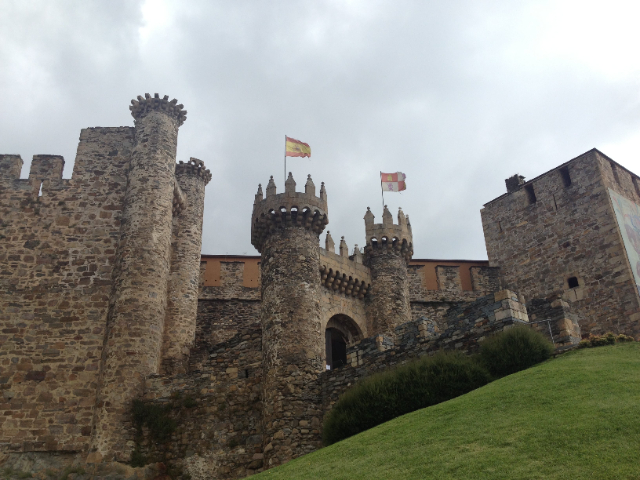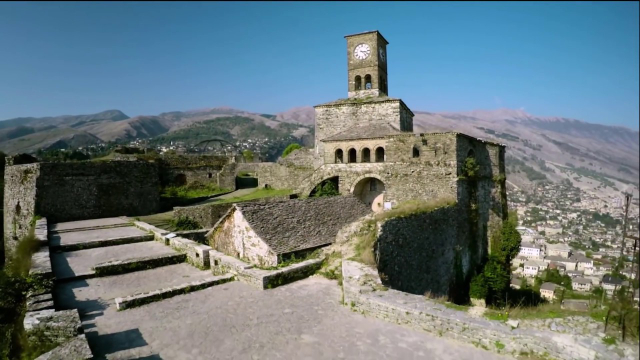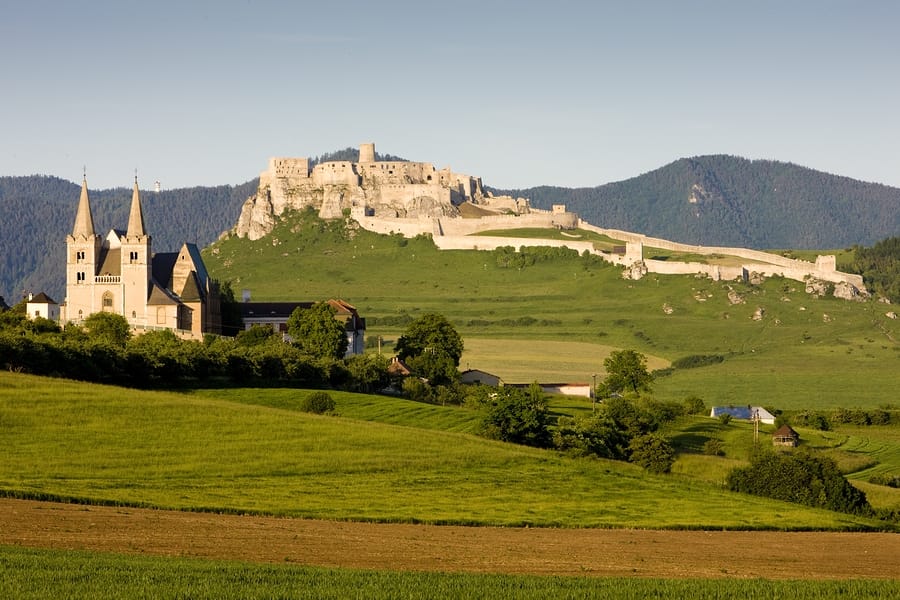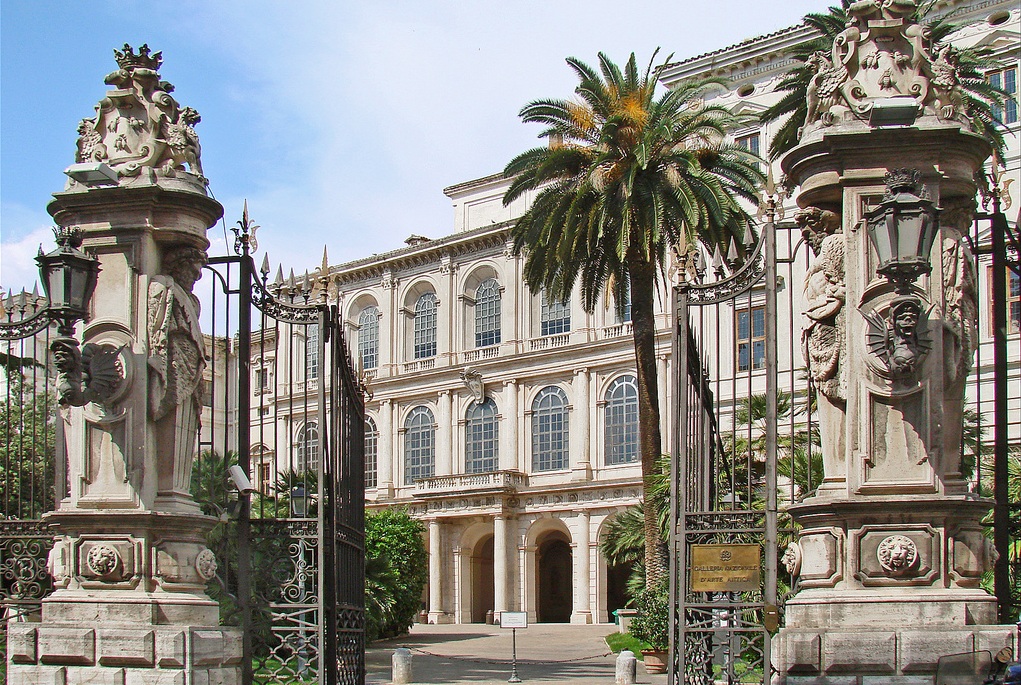Bratislava Castle is visible from a great distance. Certainly, every visitor of Bratislava notices the pronounced silhouette. The majestic impression is enhanced by the hill it stands on, some eighty-five metres above the water level of the Danube river.
The castle, on a hill above the old town, dominates the city of Bratislava.
It features in the first written reference to the city, appearing in the Salzburg annals of 907, in association with a battle between Bavarians and Hungarians. Castle Hill has been populated since the late Stone Age; its earliest known inhabitants were the Celts, who founded a fortified settlement here called ‘Oppidum’.
For four centuries, the border of the Roman Empire, the ‘Limes Romanus’, ran through the area. During the Great Moravian Empire, Slavs built a fortress which became an important center for the time. In the 10th century, Bratislava became an integral part of the growing Hungarian state; a stone palace and the church of St Saviour and its chapter were built on the castle hill in the 11th century. In the 15th century, during the reign of Sigismund of Luxembourg, a castle was built in Gothic style as an anti-Hussite fortress. During this period, a new entrance to the castle was built on the eastern side – Sigismund’s Gate – while 7-meter-thick fortifications were built on the western side, and a castle well excavated in 1437.
In the 16th century, King Ferdinand ordered the reconstruction of the castle in Renaissance style, while in the 17th century, when the castle became the seat of the hereditary provincial head, Pálffy, it was rebuilt in Baroque style. Under the reign of Maria Theresa, the castle was organized according to the needs of her son-in-law Albert, governor of Saxony and Tessen, who was an ardent art collector and who installed his works in the castle. This collection was later transferred to Vienna to become the current Albertina Gallery. After independence, the castle served as the representative seat for the Slovak Parliament collections and houses the Slovak National Museum.
